Gursan Ergil Works Wonders with Re-Claimed Wood
Sometimes as I attempt to navigate the expansive morass of polycarbonate, rigid foam, steel, and glass that serves as the multi-layered and hyper-colored palette of contemporary design, I long for the refined simplicity and textural allure of wood. Perhaps this is owed to the purist in me–and my ongoing, if largely unsuccessful, flirtation with finish carpentry–but good work in wood has an elegant, organic quality that can only come from natural elements. As seen, for instance, in the furniture of Istanbul-based Gursan Ergil.
75 x 75 Table. Designed by Gursan Ergil.
Ergil is another notable in the recent ascendance of Turkey upon the design scene (see also Autoban’s Seyhan Özdemir & Sefer ÇaÄŸlar, and ERK’s Onur Mustak Coblani). But while the work of these recent forebears has a modern tinge that might be compared with that of Karim Rashid or Zaha Hadid, Ergil’s excellent craftsmanship has pronounced affinities with work by the boys from America’s favorite backyard of Brooklyn (see Daniel Moyer, Bruce Marsh, and Roger Benton).
Organic Lounge Chair. Designed by Gursan Ergil.
Organic Lounge Chair. Designed by Gursan Ergil.
Organic Lounge Chair. Designed by Gursan Ergil.
75 x 75 Table. Designed by Gursan Ergil.
75 x 75 Table. Designed by Gursan Ergil.
With Brooklyn Designs just around the corner, then, Ergil’s fine shaping and joining deserves a good, long look. Take, for instance, the Organic Lounge Chair. Basically a “found” piece that nevertheless has been subject to Ergil’s comprehensive method of “treating, re-treating, hand-crafting, and varnishing through ecological methods,” the Organic Lounger has the distinctive look of a natural slab of over-sized walnut. Indeed, one can picture this fortuitous find as it was pre-lightning strike, or pre-disease, or pre-attentions of an eager grizzly. Ergil’s re-contextualization (accomplished largely with the clever application of four simple peg legs) turns this former tree into a striking centerpiece.
For a more refined take on reclamation, there’s the 75 x 75 Table. As you might have guessed from the descriptive if understated moniker, this piece is a simple square dining affair with the skillful incorporation of one of my favorite joinery techniques–the keyhole joint. The technique eschews traditional dovetailing in favor of these four beautiful insets, giving the table the enhanced aesthetic appeal of dark highlights against the top’s lighter tones. The understructure is similarly appealing–beneath the table top a perfectly-executed mitre cut on all four sides gives the piece a bit of modern flair. And the legs, which take the look of an inverted fan, further this theme of old-world craftsmanship meets contemporary precision.
Via Modecodesign.
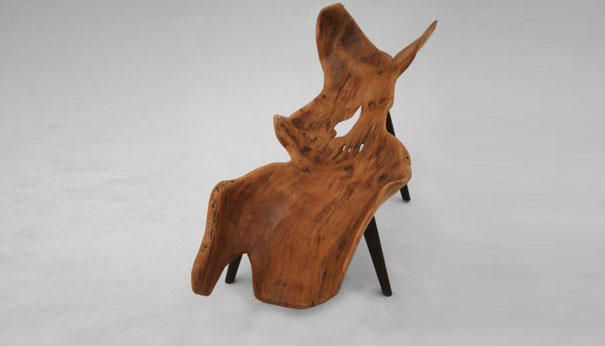
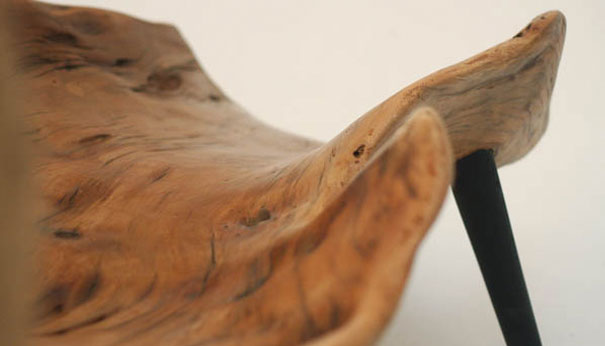
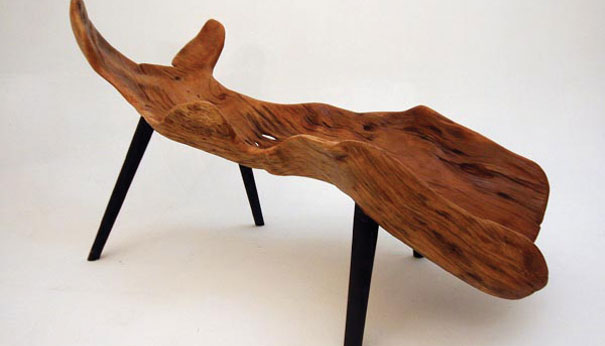
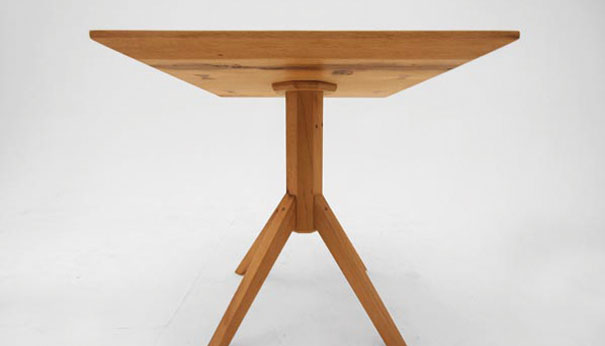
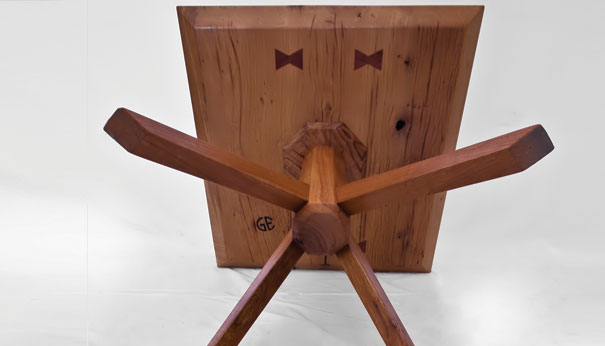
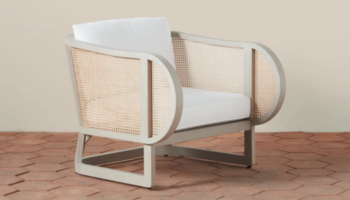
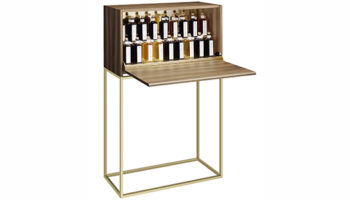
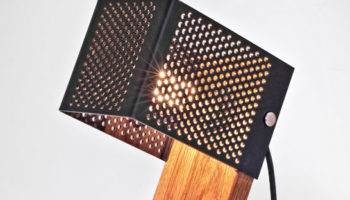

Leave a Reply